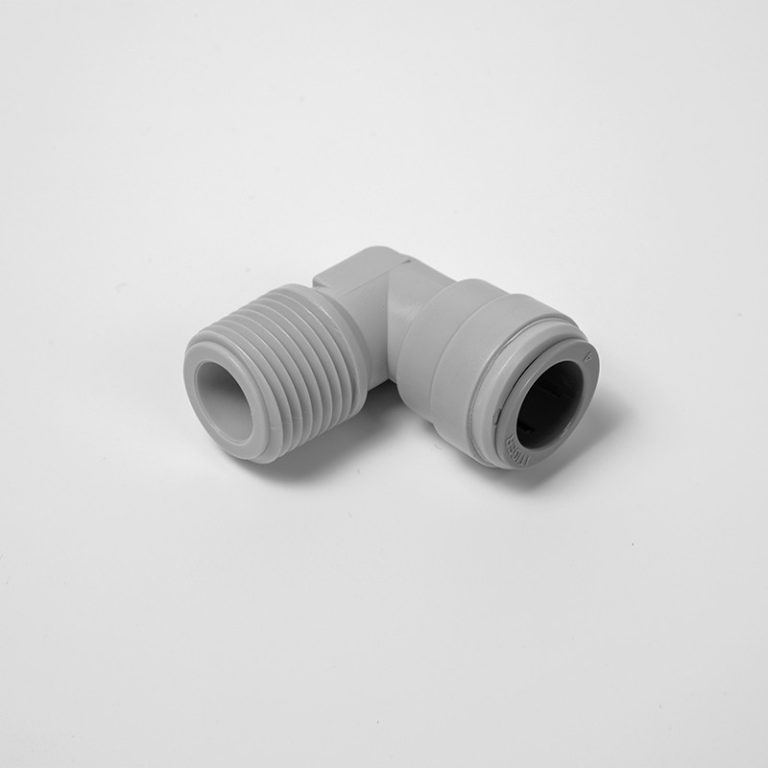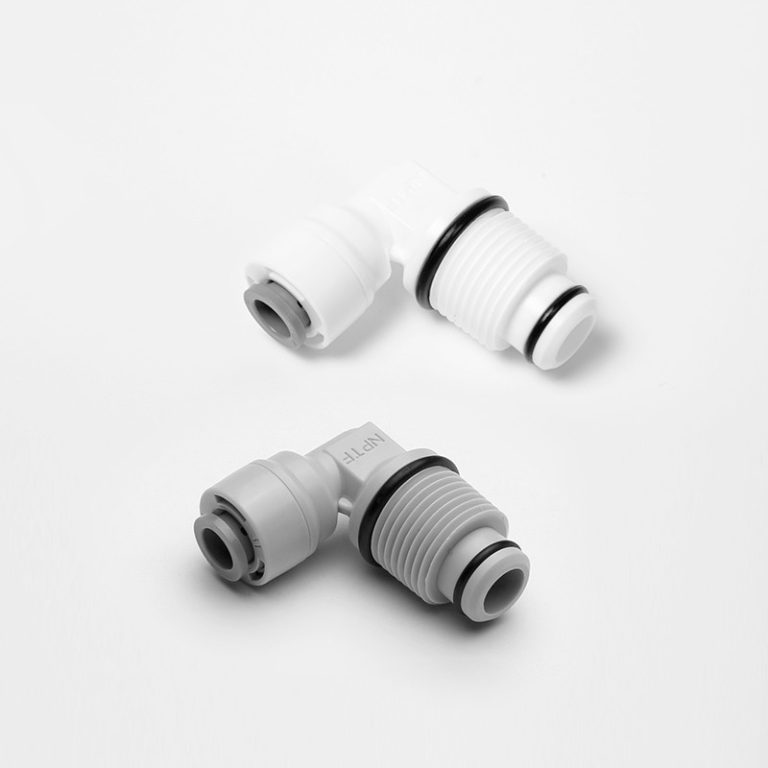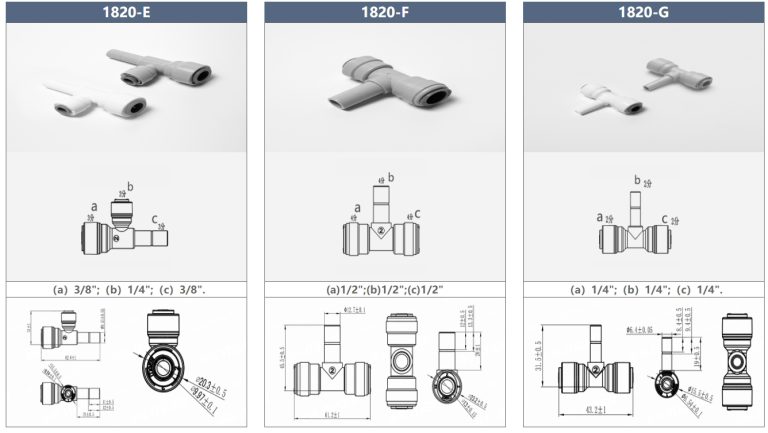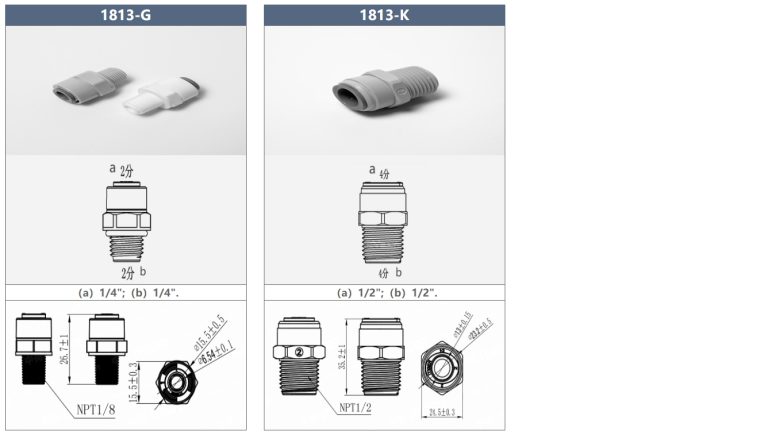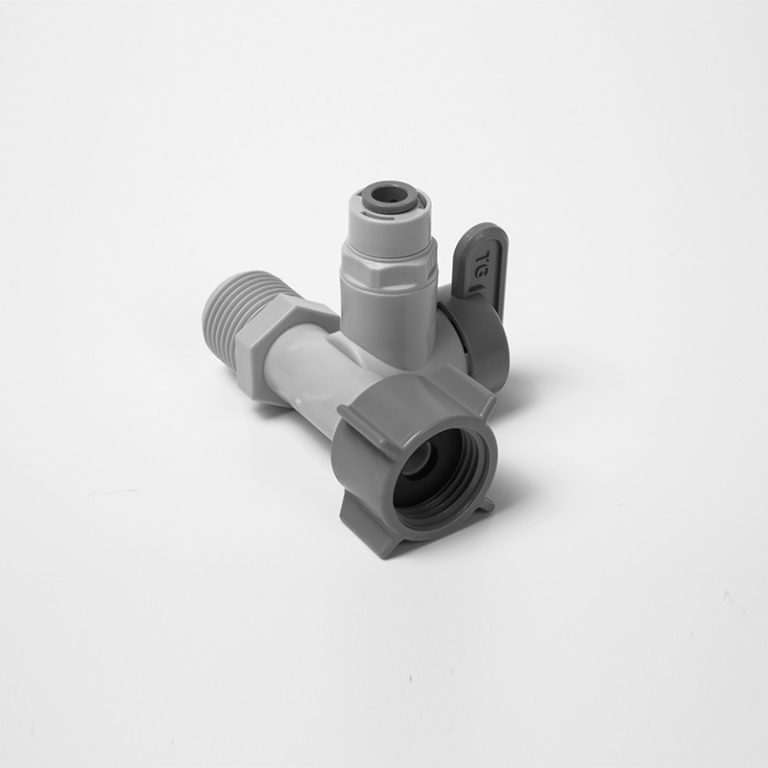“Seamlessly connect your water softener with our reliable fittings.”
Table of Contents
Types of Water Softener Connection Fittings
Water softeners are essential appliances in many households, helping to remove minerals such as calcium and magnesium from water, which can cause limescale buildup and reduce the effectiveness of soaps and detergents. When installing a water softener, it is crucial to ensure that the connection fittings are properly selected and installed to prevent leaks and ensure optimal performance.
There are several types of connection fittings that can be used with water softeners, each with its own advantages and disadvantages. The most common types of connection fittings include compression fittings, push-to-connect fittings, and sweat fittings.
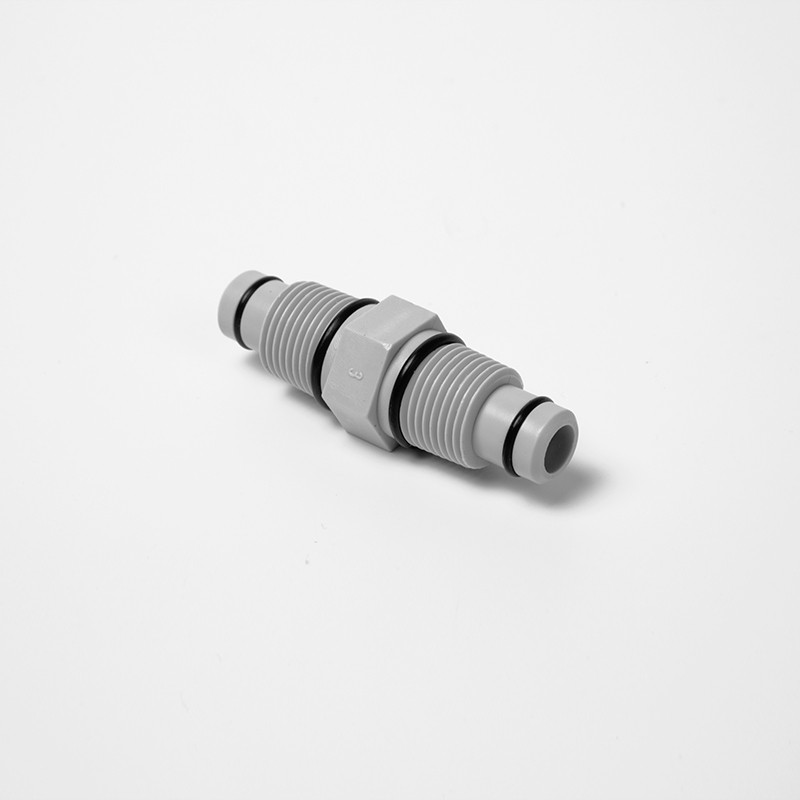
Compression fittings are a popular choice for connecting water softeners because they are easy to install and provide a secure connection. These fittings consist of a compression nut, a compression ring, and a compression sleeve. To install a compression fitting, simply slide the compression nut onto the pipe, followed by the compression ring and sleeve. Tighten the nut to create a watertight seal. Compression fittings are versatile and can be used with a variety of pipe materials, including copper, PVC, and PEX.
| Model | Tube(a) | Stem(b) |
|---|---|---|
| 1801-A | 1/4 | 1/4 |
| 1801-C | 1/4 | 3/21 |
Push-to-connect fittings, also known as quick-connect fittings, are another popular choice for connecting water softeners. These fittings are designed for easy installation, requiring no special tools or soldering. To install a push-to-connect fitting, simply push the pipe into the fitting until it clicks into place. Push-to-connect fittings are ideal for DIY installations and can be used with copper, CPVC, and PEX pipes.
Sweat fittings, also known as solder fittings, are a traditional option for connecting water softeners. These fittings require soldering to create a secure connection between the pipe and fitting. To install a sweat fitting, clean the pipe and fitting, apply flux to both surfaces, heat the fitting with a torch, and solder the joint. Sweat fittings provide a durable and leak-proof connection but require more skill and time to install compared to compression and push-to-connect fittings.
When selecting connection fittings for a water softener, it is essential to consider the type of pipe material being used, the available space for installation, and the skill level of the installer. Compression fittings are a versatile option that can be used with various pipe materials and are easy to install. Push-to-connect fittings are ideal for DIY installations and provide a quick and secure connection. Sweat fittings are a traditional choice that requires soldering but provide a durable and leak-proof connection.
| Model | Tube(a) | Stem(b) |
|---|---|---|
| 1801-A | 1/4 | 1/4 |
| 1801-C | 1/4 | 3/40 |
In conclusion, selecting the right connection fittings for a water softener is crucial to ensure a secure and leak-free installation. Compression fittings, push-to-connect fittings, and sweat fittings are all viable options, each with its own advantages and disadvantages. By considering the type of pipe material, available space, and installation skill level, homeowners can choose the best connection fittings for their water softener installation. Proper installation of connection fittings will help to ensure optimal performance and longevity of the water softener.
How to Properly Install Water Softener Connection Fittings
Water softeners are essential devices for removing minerals such as calcium and magnesium from hard water, which can cause damage to pipes, appliances, and skin. Proper installation of water softener connection fittings is crucial to ensure the device functions effectively and efficiently. In this article, we will discuss the steps involved in properly installing water softener connection fittings.
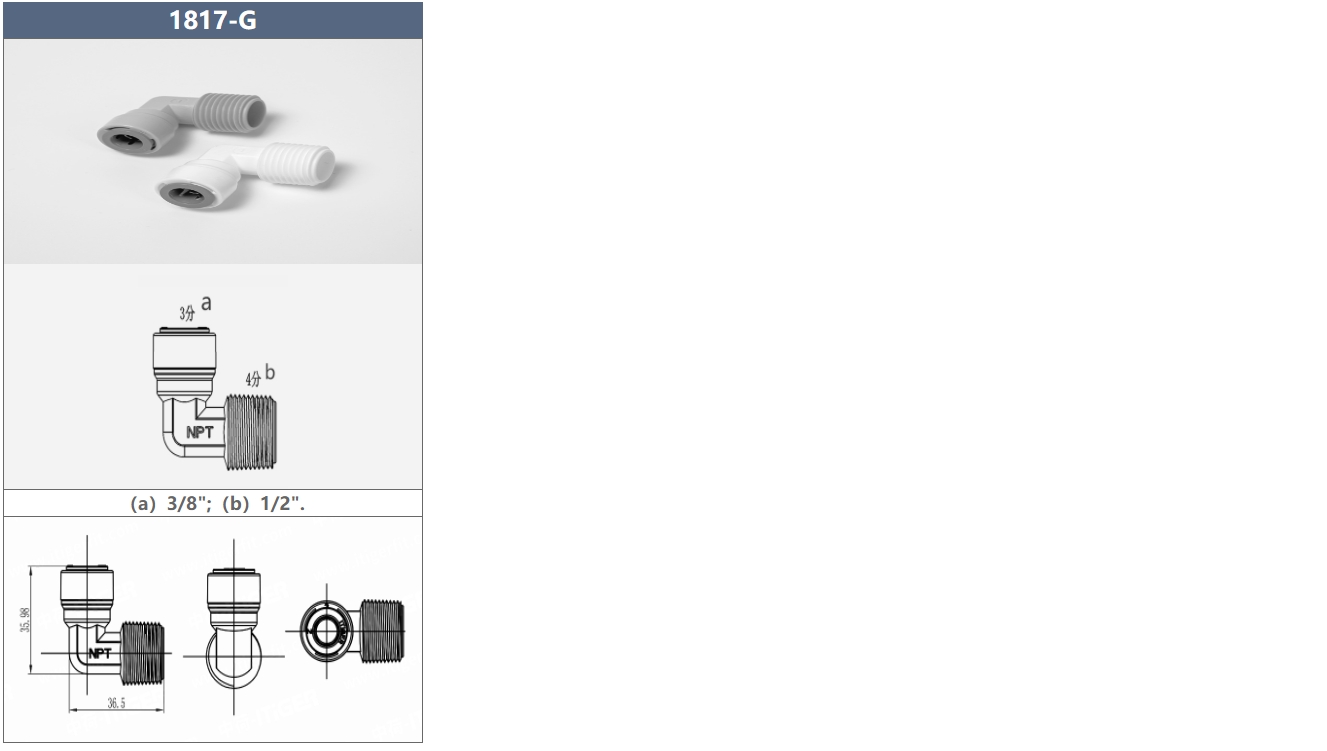
The first step in installing water softener connection fittings is to shut off the main water supply to your home. This can usually be done by turning off the main shut-off valve located near the water meter. Once the water supply is turned off, you can proceed with the installation process.
Next, you will need to locate the water softener unit in a suitable location. It is important to place the unit in an area where it can be easily accessed for maintenance and refilling of salt. Make sure to follow the manufacturer’s instructions for proper placement of the unit.
After locating the water softener unit, you will need to connect the inlet and outlet pipes to the unit using the appropriate fittings. The inlet pipe should be connected to the water supply line, while the outlet pipe should be connected to the plumbing system in your home. It is important to use the correct size and type of fittings to ensure a secure connection.
Once the pipes are connected to the water softener unit, you will need to secure the fittings with the appropriate tools. Make sure to tighten the fittings securely to prevent any leaks. It is also a good idea to use Teflon tape on the threads of the fittings to create a watertight seal.
After securing the fittings, you can turn on the main water supply to your home and check for any leaks. If you notice any leaks, tighten the fittings further or replace them if necessary. It is important to address any leaks promptly to prevent water damage to your home.
In addition to connecting the inlet and outlet pipes, you may also need to install a bypass valve on the water softener unit. A bypass valve allows you to bypass the water softener unit when necessary, such as during maintenance or repairs. Follow the manufacturer’s instructions for installing the bypass valve properly.
Once the water softener connection fittings are properly installed, you can begin using the device to enjoy the benefits of soft water in your home. Remember to regularly check and maintain the water softener unit to ensure it continues to function effectively.
In conclusion, proper installation of water softener connection fittings is essential for ensuring the device functions efficiently and effectively. By following the steps outlined in this article, you can install water softener connection fittings correctly and enjoy the benefits of soft water in your home.

